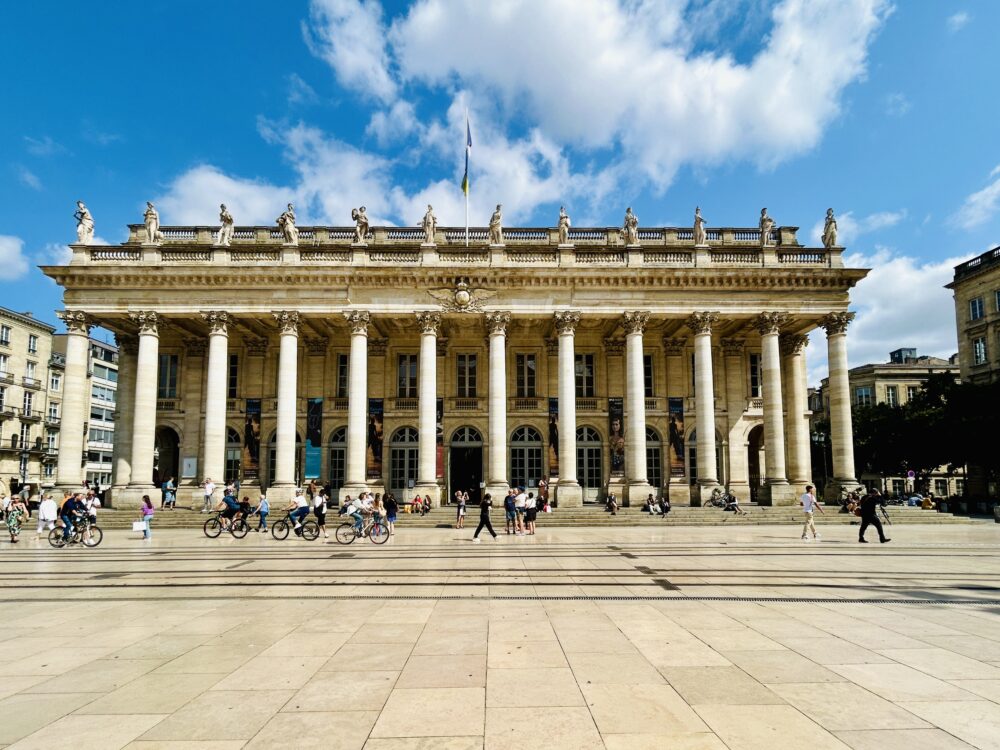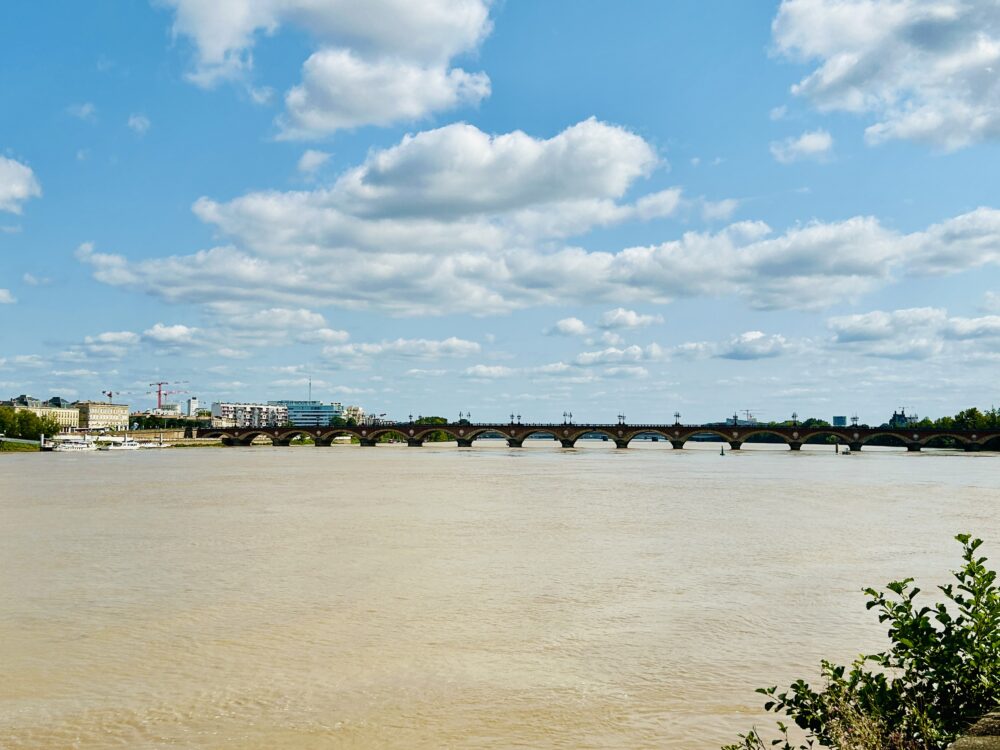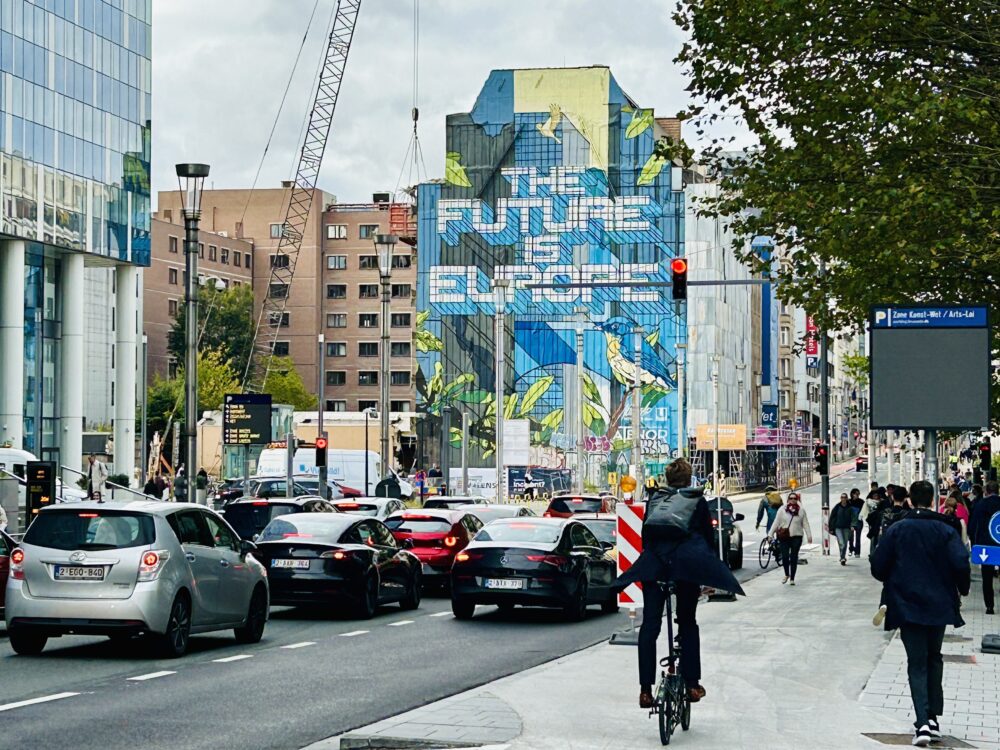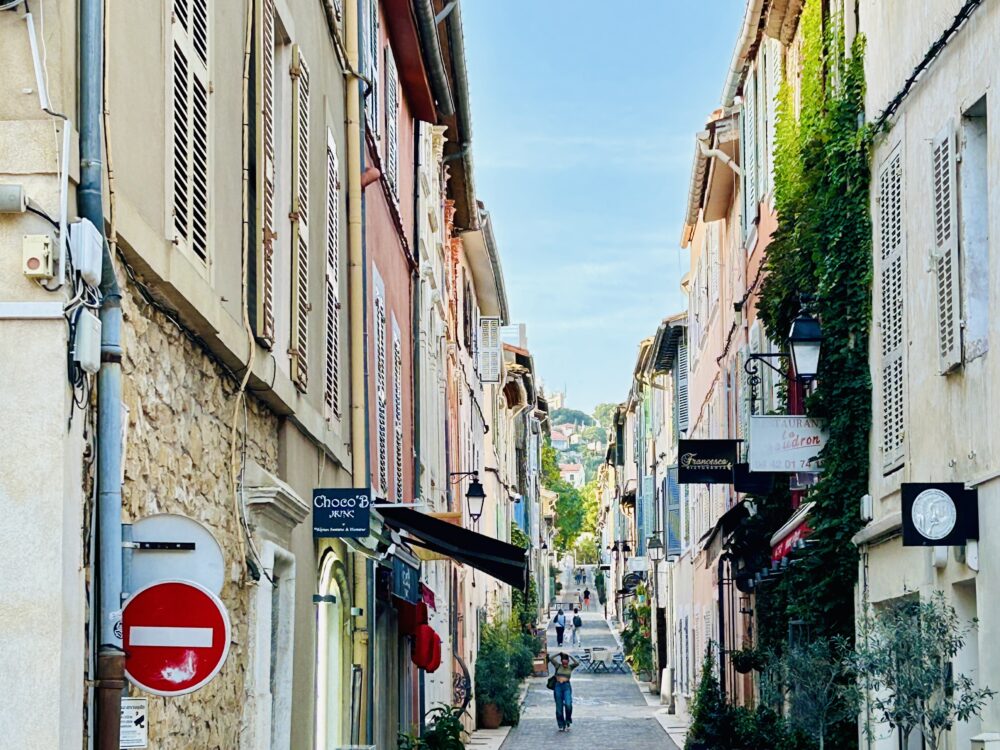A Rich History
For over two centuries, the history of the Grand-Théâtre de Bordeaux, home to the National Opera of Bordeaux, has been marked by numerous significant events. The most notable among them occurred on 7 April 1780, with the long-awaited inauguration of the theatre. An immense crowd gathered before the doors of the new building, eager to witness performances of Racine’s “Athalie” and Blincourt’s “Le Jugement d’Apollon,” but primarily to marvel at the construction itself. Nearly seven long years had passed since the commencement of the works commissioned by the Governor of Guyenne, Louis Armand du Plessis, Duke of Richelieu. The result was nothing short of spectacular, with the architect Victor Louis showcasing his talent to create harmony, refinement, sobriety, power, purity, elegance, and noble order in his work. Today, this building remains a masterpiece of 18th-century architectural art, boasting exceptional acoustics thanks to its wooden framework.
Architectural Grandeur
The Grand-Théâtre is not merely a testament to Victor Louis’s architectural prowess. Throughout the 19th century, it welcomed some of the most famous artists of the time, including Liszt, Cinti-Damoreau, Falcon, Viardot, Talma, Nourrit, Duprez, Rubini, and Petipa. The passage of time has seen renowned names such as Fédor Chaliapine, Tito Schipa, Placido Domingo, Gustav Leonhardt, Natalie Dessay, and Cecilia Bartoli continue to captivate the Bordeaux audience.
In addition to its historical significance, the Grand-Théâtre has been the venue for numerous operatic premieres, including Jean Françaix’s “La Main de gloire” in 1950, Tomasi’s “Sampiero Corso” in 1956, and more recently, Fénelon’s “Les Rois” in 2004. The theatre has also hosted ballets, from Jean Dauberval’s “La Fille mal gardée” (1789) to Charles Jude’s “Don Quichotte” (2006) and Carolyn Carlson’s “Hydrogen Jukebox” (1999).
Modern Transformations
The 1990s marked a pivotal moment in the theatre’s history. To erase the ravages of time and adapt to modern scenographic requirements, extensive restoration works were undertaken, always with respect for the building’s original spirit. The auditorium underwent a transformation, with the 19th-century decor of old gold and red giving way to the original blue, white, and gold design for greater clarity and brilliance. Recent façade renovations, completed in 2006, have further enhanced the splendour of this masterpiece.
Present-Day Significance
Today, under the direction of Emmanuel Hondré, the Grand-Théâtre continues to pursue ever more ambitious artistic activities and remains steadfastly focused on the future. It stands as a cultural cornerstone at both European and French levels, with its current presentations drawing audiences from near and far. The theatre’s impressive dimensions and exceptional acoustics ensure that every performance is an unforgettable experience.
Architectural Features and Facts
The Grand-Théâtre is a majestic structure with imposing dimensions. It features a grand portico with 12 Corinthian columns, leading to a magnificent staircase that ascends to the main auditorium. The theatre’s façade is adorned with statues of nine muses and other figures from classical mythology, adding to its grandeur and artistic significance. Inside, the auditorium can seat over 1,000 spectators, and its wooden framework contributes to the venue’s renowned acoustics.
#NationalOperaBordeaux #GrandTheatre #CulturalHeritage #ArchitecturalMarvel #OperaLovers













